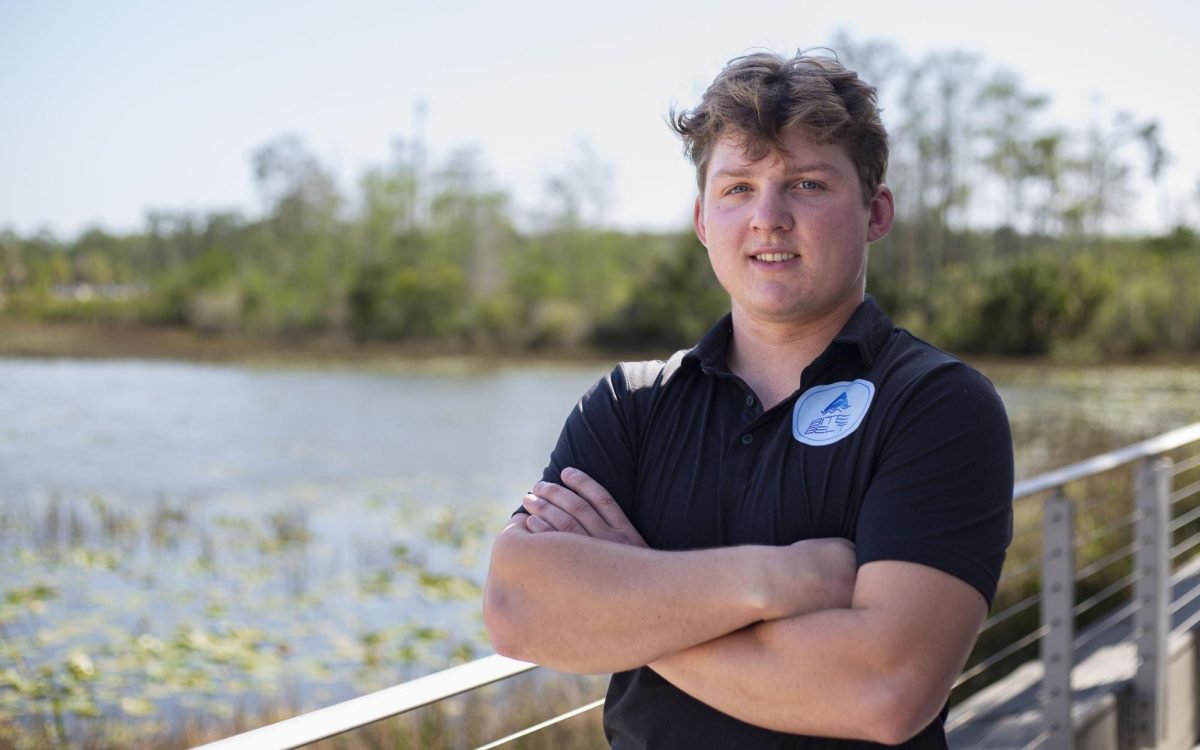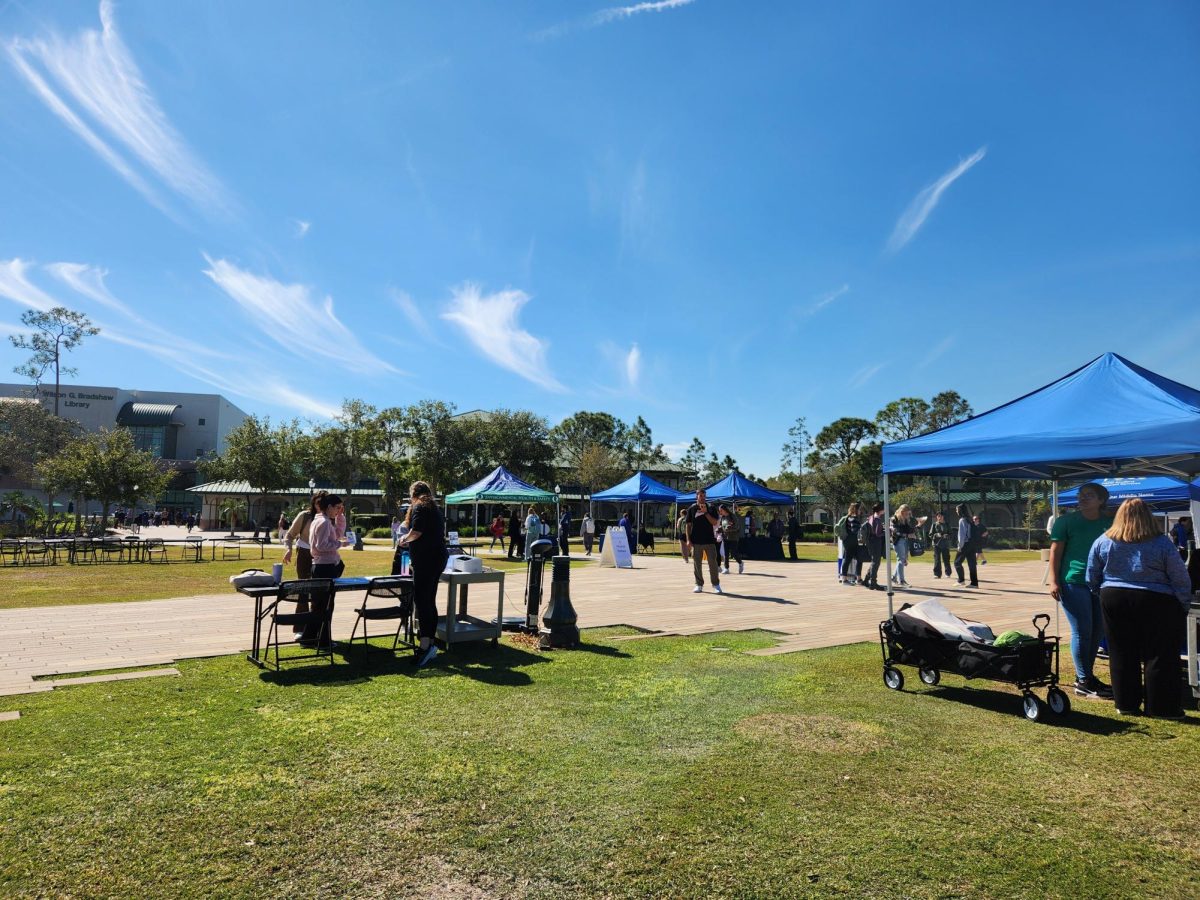The growth of sustainability in sports
Professional sports teams are starting to put sustainability and the environment above all else, according to a recent article by Direct Energy. With the implementation of new features and programs that reduce the world’s carbon footprint, sports complexes are becoming greener every day.
Perhaps the most notoriously green stadium seen thus far is Lincoln Financial Field, home to the Philadelphia Eagles. Lincoln Financial increased its recycling rate by 209% in just six years by composting 25 tons of waste per year and converting kitchen and oil grease to biodiesel. The Field also saves almost a third of game-day waste every game by using landfills, and houses 11,000 solar panels and 14 wind turbines on site. Their jersey’s may be green, but their field is even greener.
Sustainability is a point of emphasis at MetLife Stadium, which houses the New York Jets and Giants. MetLife is 30% more energy efficient since its most recent expanding, due to the addition of solar panels and the expansion of recycling efforts. During the expansion itself, most of the old stadium was recycled in order to build the new stadium, and the new design had eco-friendly implementations from the get-go.
The Boston Red Sox’s Fenway Park is notoriously nicknamed “The Green Monster” — and for good reason. Along with the implementation of the “Fenway Greening Program”, a program designed to reduce the ongoing carbon footprint of the park entirely, solar panels provide 37% of Fenway’s energy. The Park also houses solar-powered trash compactors that collect six times more trash than typical barrels.
Progressive Field, home to the Cleveland Indians, was the first professional sports complex to install a wind turbine, and implemented a recycling program that reclaimed a third of the Field’s total waste.
The Miami Marlins’ Marlins Park reduced its water usage by 52% with the addition of new plumbing fixtures and water use plants. Eventually, the park took it a step further and made changes in the landscape design of the park, marking a 60% reduction in water for irrigation.
PNC Park of the Pittsburgh Pirates recycled 65% of the park’s total waste, recycling enough plastic bottles that, if laid end to end, would stretch from PNC Park to Yankee Stadium and back again.
Safeco Field, home to the Seattle Mariners, reduced the use of natural gas by 40%, electricity by 25% and water use by 25% in just 9 years. Safeco also installed a new scoreboard in 2010 that uses 90% less power than the one it replaced.
While these frontrunners certainly set the bar high for eco-friendly sports complexes, they are not alone. As sports evolve, the sustainability of their fields and complexes evolve with them. This is only the beginning for sustainability in sports.



































